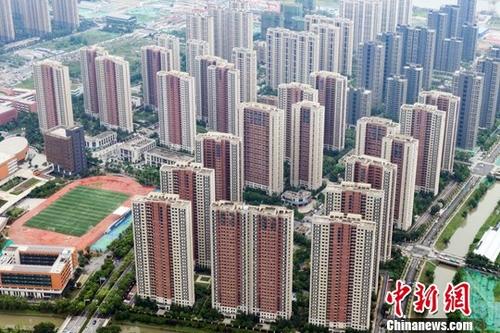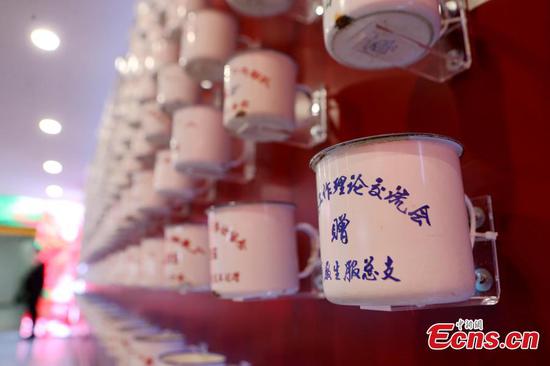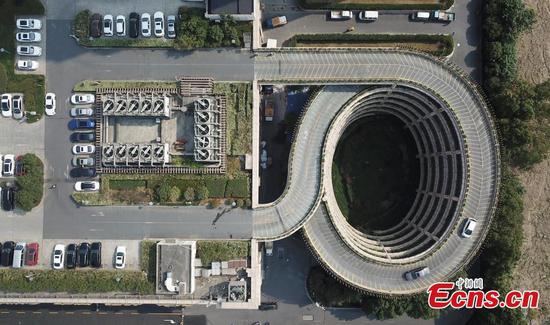
Aerial view of a residential area under the construction in Nanjing, Jiangsu Province.(File photo/China News Service)
Home prices in 70 major Chinese cities remained generally stable with a slight pickup in large cities in September, official data showed Monday.
New home prices in four first-tier cities -- Beijing, Shanghai, Shenzhen and Guangzhou -- increased 0.4 percent month on month in September, 0.1 percentage points higher than the previous month, the National Bureau of Statistics (NBS) said.
New home prices climbed 0.6 percent in 31 second-tier cities in September from August, and the growth rate was 0.1 percentage points higher than the previous month.
New home prices rose 0.8 percent in 35 third-tier cities in September from August and the growth pace was 0.1 percentage points higher than the previous month.
Prices of resold housing in first-tier cities climbed 0.3 percent in September from August, and the growth rate was the same with that in the previous month.
Prices of resold housing in second-tier cities reported a rise of 0.2 percent, and the growth rate was the same with that in the previous month.
Resold home prices were up 0.7 percent month on month in third-tier cities, and the growth pace was 0.1 percentage points lower than the previous month.
NBS senior statistician Kong Peng said the real estate market continued its steady trend in September as the central government has reiterated that "house is for living in, not for speculation," calling for the implementation of a long-term management mechanism for the real estate market.
The growth of investment in the property sector remained stable in the first nine months.
China's investment in property development grew 10.5 percent year on year in the first nine months of 2019, unchanged from the reading of the first eight months, the NBS said Friday.
The data also showed commercial housing sales in terms of floor area totaled 1.19 billion square meters from January to September, down 0.1 percent from the same period last year, narrowing from the 0.6-percent decline in the first eight months.


















































